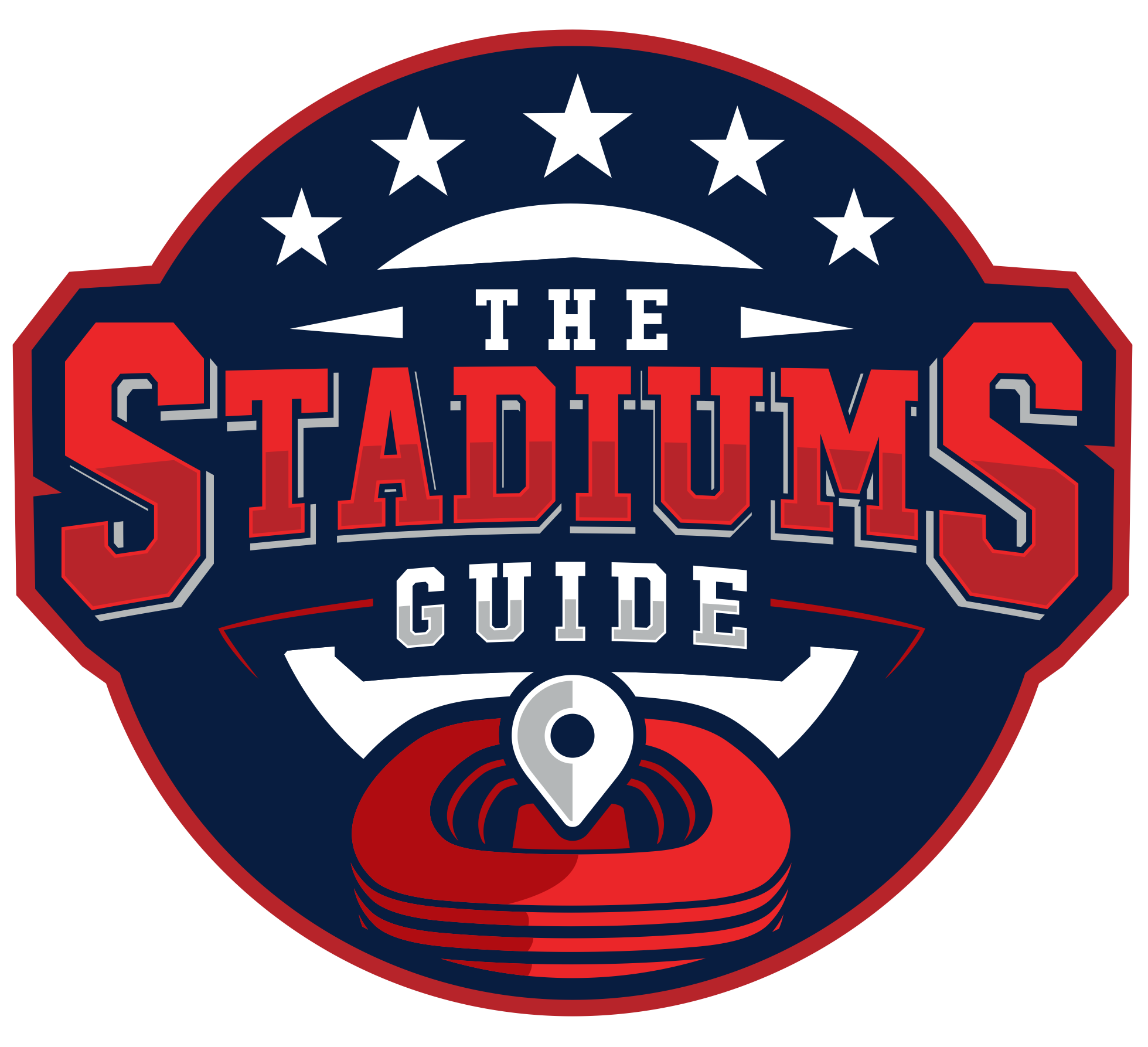Each of the five major professional sports played in North America assesses penalties differently.
Football, basketball, ice hockey, baseball, and soccer all have specific ways of dealing with rules infractions.
In each sport, these infractions are wide-ranging and can occur during play and sometimes before and after the action. Referees for each sport must know a long list of rules they must constantly monitor in the spirit of fair play.
In most cases, baseball being the one outlier, a minor penalty or a major penalty can be assessed, depending on the severity of the incident.
Sometimes the infraction is something a team does to the other team, or a member, and other times it’s a way of trying to take advantage outside of the rules of the game.
When this happens in ice hockey, this results in a power play.
Different power play lengths
Power Play Rules
What happens during a power play in hockey?
What ends a power play?
Here are some quick definitions of power play related terms:
- Short-Handed: The team that is skating with one or two players in the penalty box.
- Penalty Killing: The tactics the short-handed team employs to try and run out the time assessed for the penalty without giving up a goal.
- Most teams have specific players, referred to as “lines” who are put in either when they are on a power play or are short-handed and are trying to kill off a penalty.
- Short-handed teams frequently try and “dump” the puck into the other end of the ice, making the advantaged team take up time retrieving the puck and returning to the offensive zone.
Hockey is a fast and often violent sport, but it does come with a series of important rules. Some of those rules will lead to icing and penalties. A power play is a way of punishing the team and player who committed the penalty.
Essentially, the power play is a player advantage. That’s because the team who committed the penalty must go on the penalty kill, while the offending player has to wait a set period of time to come back on the ice. This makes it easier for the other team to score on the shorthanded team.
While ice hockey is a violent sport, it’s still important to keep the game as safe as possible. So, dangerous hits, like elbowing and boarding are common penalties. Other times penalties might relate to using a stick inappropriately. There are well over 20 fouls that can lead to penalty time.
Power plays carry over from one period to the next, including into overtime. However, they don’t carry over into the next game.
When a penalty is called, the referee will raise their arm to signal that there is a call. However, if the team who is being penalized isn’t touching the puck, play is allowed to continue. This is known as a delayed penalty. Play will stop when the team who committed the penalty touches the puck.
Power Play Explained
A power play occurs when one team receives a penalty that forces them to play with one less man than their opponent. The player who committed the penalty will wait in the penalty box for a set amount of time, and they can’t leave until the other team scores a goal or time on the penalty has expired. The length of time changes, depending on the severity of the penalty. This is considered a major disadvantage to the penalized team, and power-play goals are an important part of a hockey game.
Power Play Structure & Formation
In a traditional power play, one team will have five skaters on the ice, while the other has four. However, in some cases, the power play can be five on three or even a four on three power play. Naturally, this leads to a few different formations and power-play tactics.
The Umbrella
The Umbrella power play formation is designed to attack the slot by passing between the defensemen and high forward. Passing in the offensive zone should open the attacking team to slap shots. With three skaters playing at the blue line, this formation prevents the shorthanded team from countering. This means the formation is a 2-3 look.
The Overload
You must have skilled skaters to run the Overload, as they need to cycle the puck. This should create openings low in the attacking zone. Players often end in a formation akin to a 1-2-2.
The Spread
The goal of the Spread is to move defenders off the blue line to attack the crease. Once the blue line is open, there is more space to shoot. It is the formation most commonly used when the short handed team only has three skaters. It is a 2-1-2 formation.
The 1-3-1
As the name implies, the 1-3-1 formation uses one player forward, one back, and three in between. The goal is to create passing triangles. It can be centered around point, half boards, or below the goal line, making it versatile. Goals are scored by widening the ice to create shots.
History of Power Plays in Hockey
At one point, you could score as many goals as possible on one power play. That changed during the 1955-56 season, as Jean Beliveau scored three times in 44 seconds. He played for the Montreal Canadiens, and it was decided after the season that a minor penalty would end after the first goal.
James is a big time NBA Golden State follower, who makes sure to catch games when he's in the area. He likes to follow International Soccer, with an interest in small town soccer club, Blackburn Rovers located in the North on the UK.

